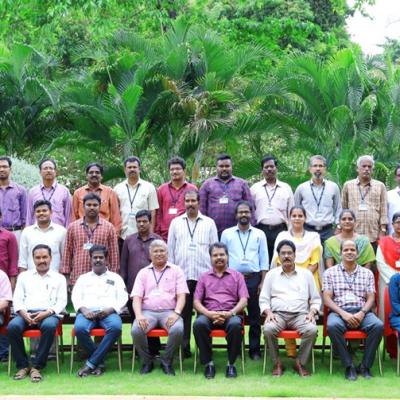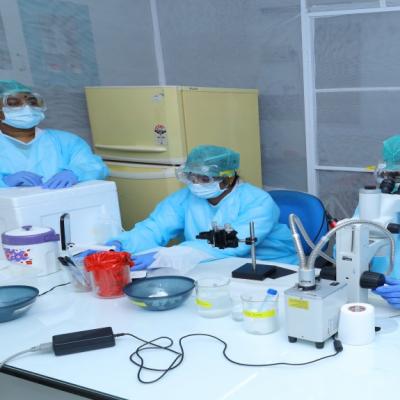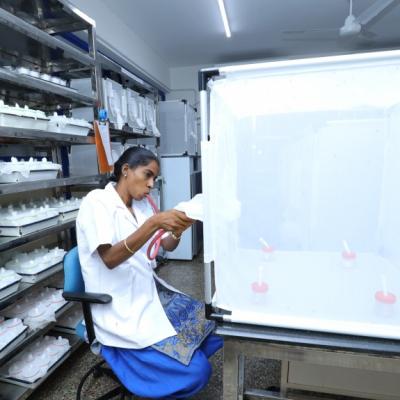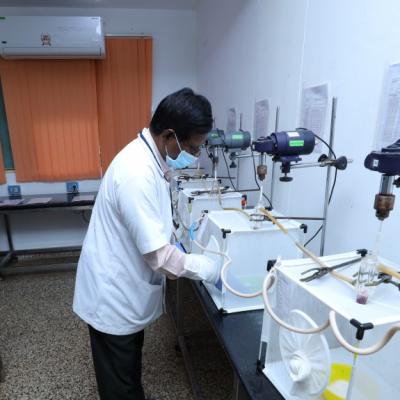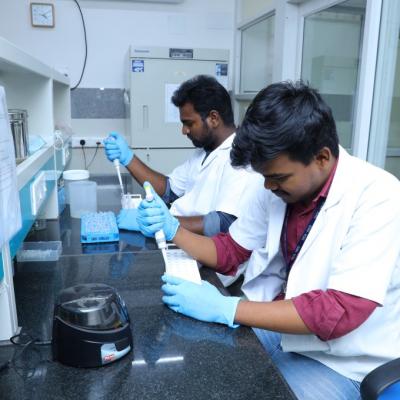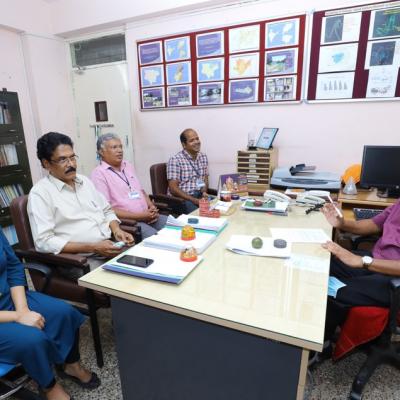Molecular Biology laboratory- Thermal cycler, Gel documentation Unit, Electrophoresis, Bench top Autoclave, Nanopure water system, Analytical weighing balance, refrigerated micro centrifuge, Label printer, -40° Freezer, High Performance Liquid Chromatography (HPLC), Microplate reader.
Insecticide testing facility (ITF)- Washing machine, Dish washer, Eye wash station, Refrigerator, Cone-bioassay desk, Adult susceptibility test kit, Electronic Weighing balance,
- Long lasting insecticidal nets storage facility
- Insecticide Impregnation Facility (IIF) –Filter paper and bottles.
- Insectary
- Animal House


